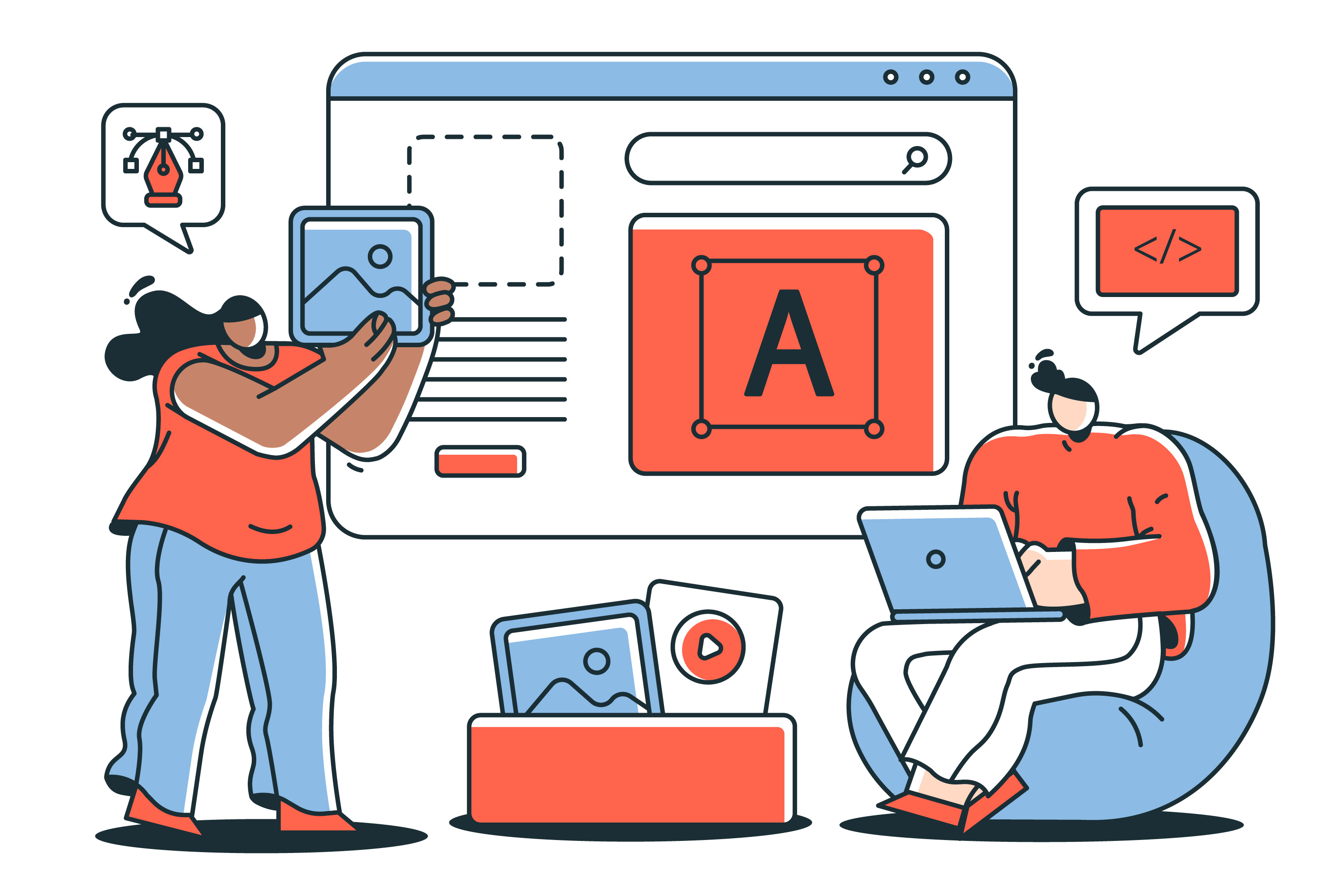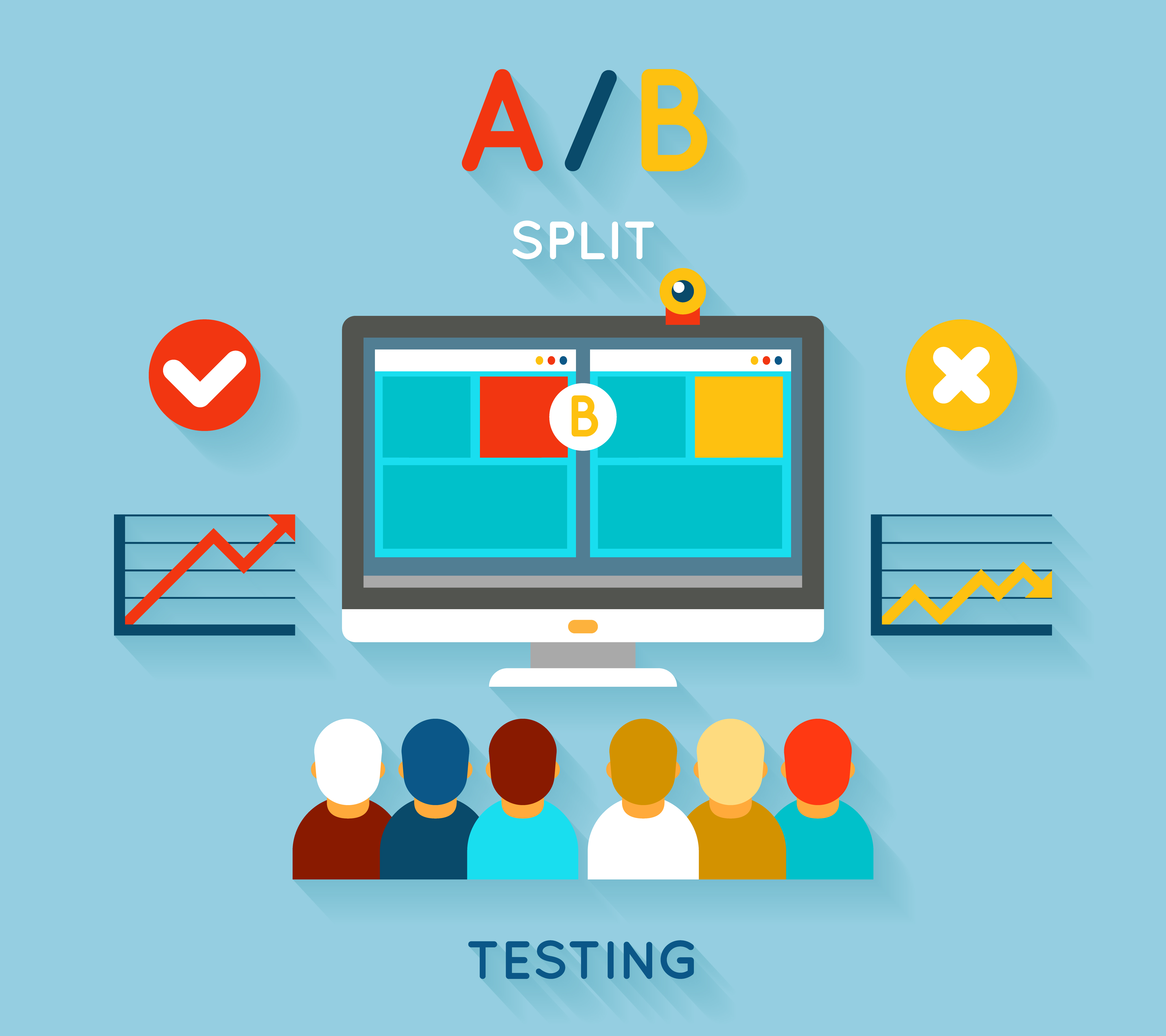As we approach the new year, it’s the perfect time to evaluate and enhance your website’s performance. A/B testing, also known as split testing, is a powerful technique that can help you optimize various elements of your website for better user experience and increased conversion rates. In this article, we’ll delve into the ins and outs of A/B testing, guiding you on how to implement it effectively and propel your website to new heights in 2024.
Understanding A/B Testing
A/B testing involves comparing two versions of a webpage or app to determine which one performs better. It’s a systematic way of experimenting with changes to your website and measuring the impact on user behavior. This method allows you to make data-driven decisions, ensuring that every modification is backed by concrete evidence rather than guesswork.
Getting Started
- Define Your Goals: Before you embark on A/B testing, clearly outline your objectives. Whether it’s increasing click-through rates, reducing bounce rates, or improving engagement, having well-defined goals will guide your testing process.
- Select Elements to Test: Focus on specific elements that directly impact user interactions. This could include headlines, call-to-action buttons, images, or even the color scheme. Begin with elements that are crucial to your conversion funnel.
- Use a Reliable Testing Tool: Choose a reputable A/B testing tool to streamline the process. Google Optimize, Optimizely, and VWO are popular options that offer user-friendly interfaces and robust features.

Executing A/B Tests
- Create Variations: Develop two versions of the webpage, with one element differing between them. For instance, if you’re testing a call-to-action button, create a variation with a different color or text.
- Randomize Traffic: Use your testing tool to randomly assign visitors to either the control or variation group. This randomization is crucial to ensure that your results are not skewed by external factors.
- Run the Test: Allow the A/B test to run for a sufficient duration to gather statistically significant data. Avoid making premature decisions based on short-term results, as they may not accurately represent user behavior.
Analyzing Results
- Statistical Significance: Pay attention to statistical significance to ensure that your results are reliable. Most A/B testing tools provide statistical analysis to help you determine if the observed differences are meaningful.
- Evaluate User Behavior: Look beyond conversion rates and analyze other user metrics. Assess how changes impact user engagement, time on page, and overall satisfaction.

Implementing Changes
- Apply Successful Changes: Once you’ve identified a winning variation, implement the changes on your live website. Monitor the ongoing impact and continuously refine your approach based on user feedback and evolving trends.
- Iterative Testing: A/B testing is an ongoing process. Regularly revisit and test different elements to keep your website optimized and aligned with user preferences.
To sum up, as you gear up for the new year, make A/B testing an integral part of your website optimization strategy. By systematically experimenting with different elements and using data-driven insights, you can elevate your website’s performance, enhance user experience, and set the stage for a successful 2024. Embrace the power of A/B testing and unlock the full potential of your online presence.
___
by Thomas Theodoridis
source: PPCmate


